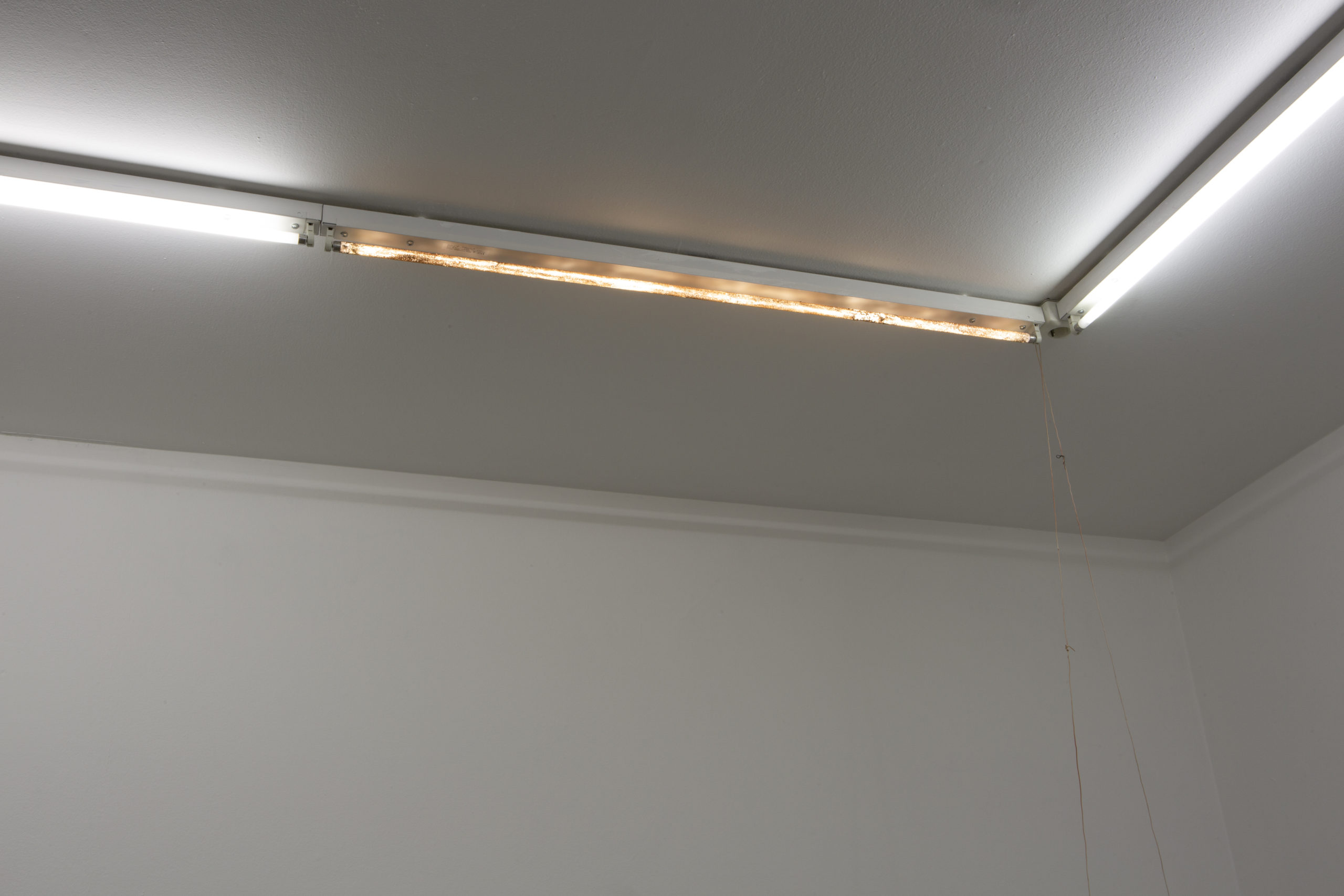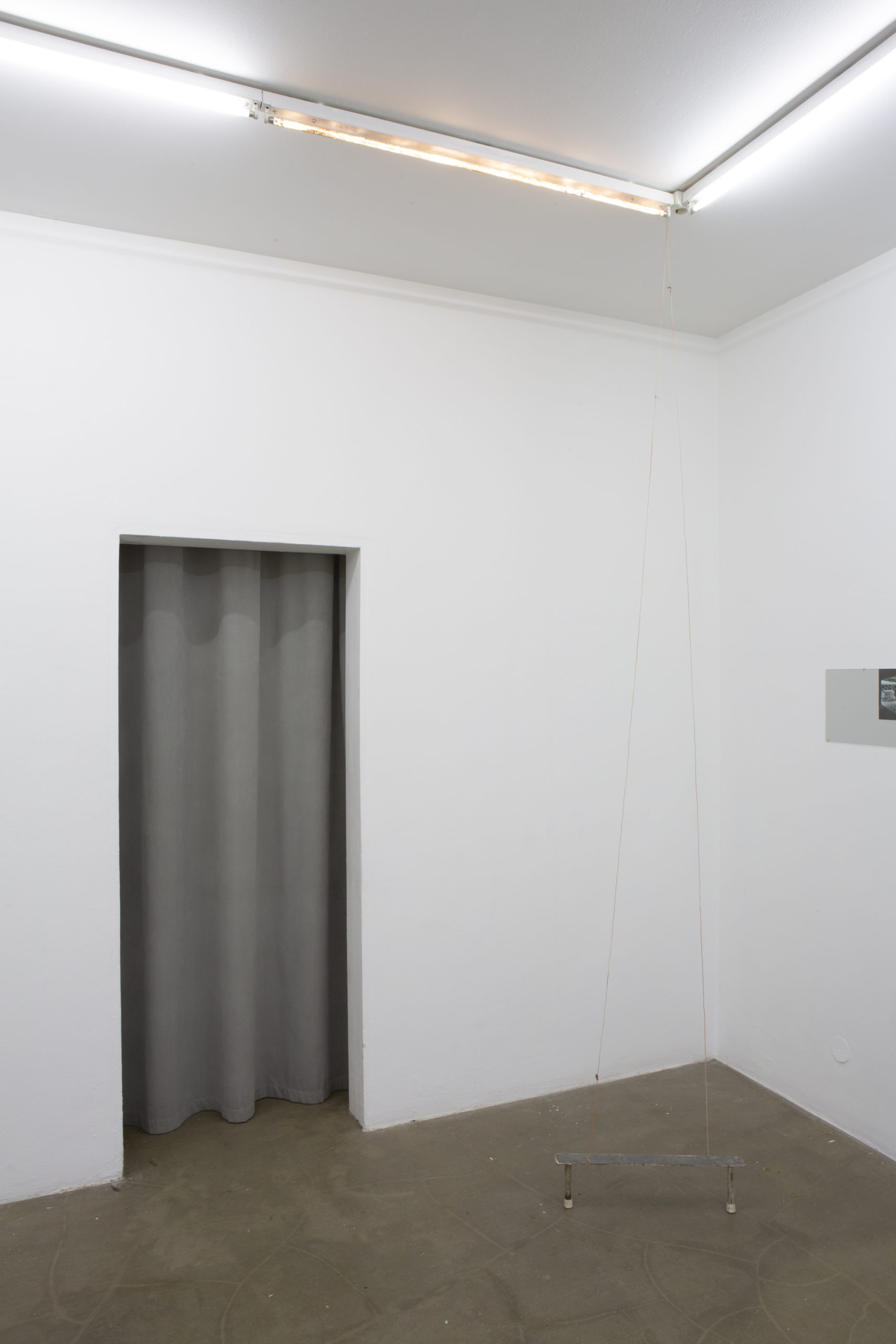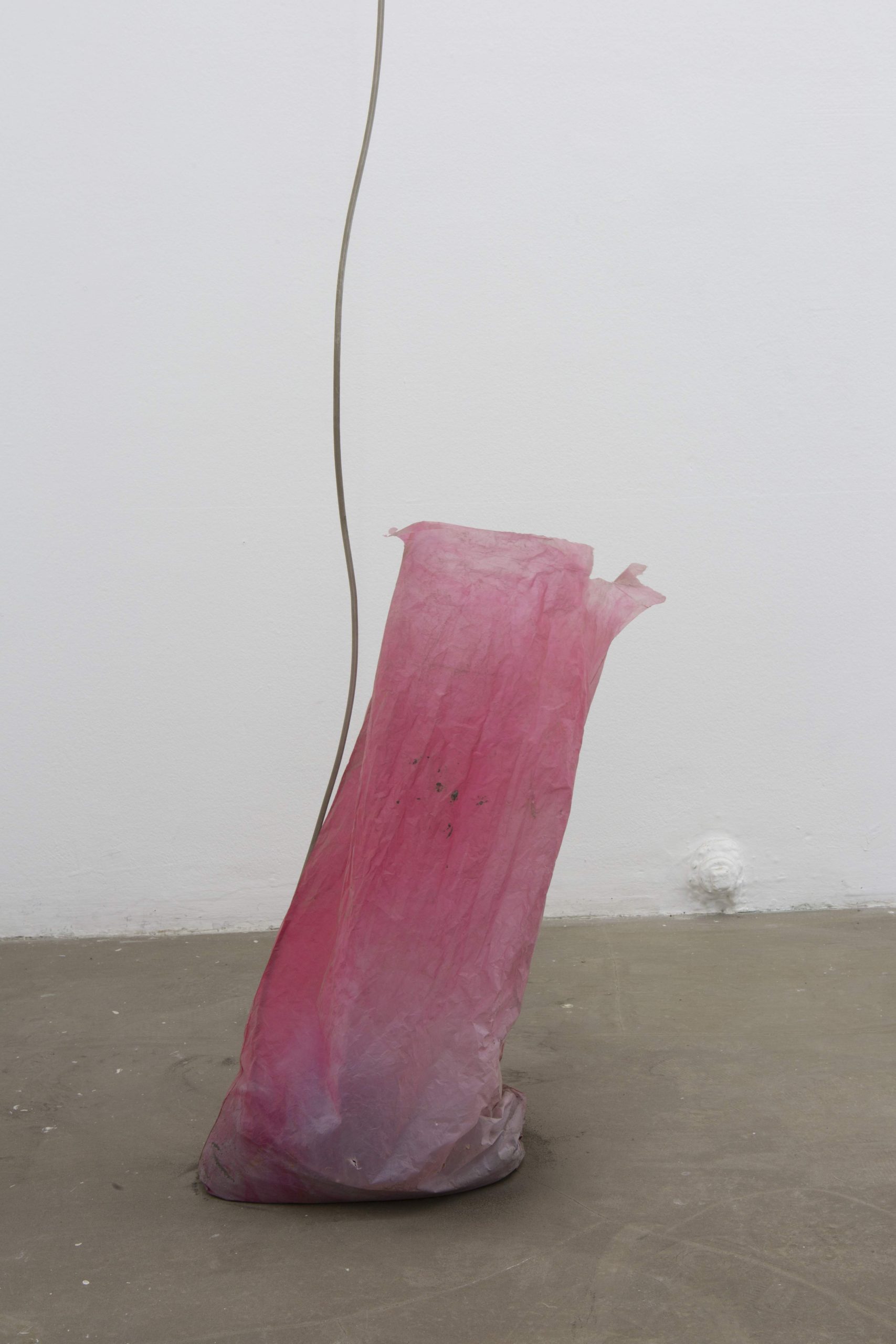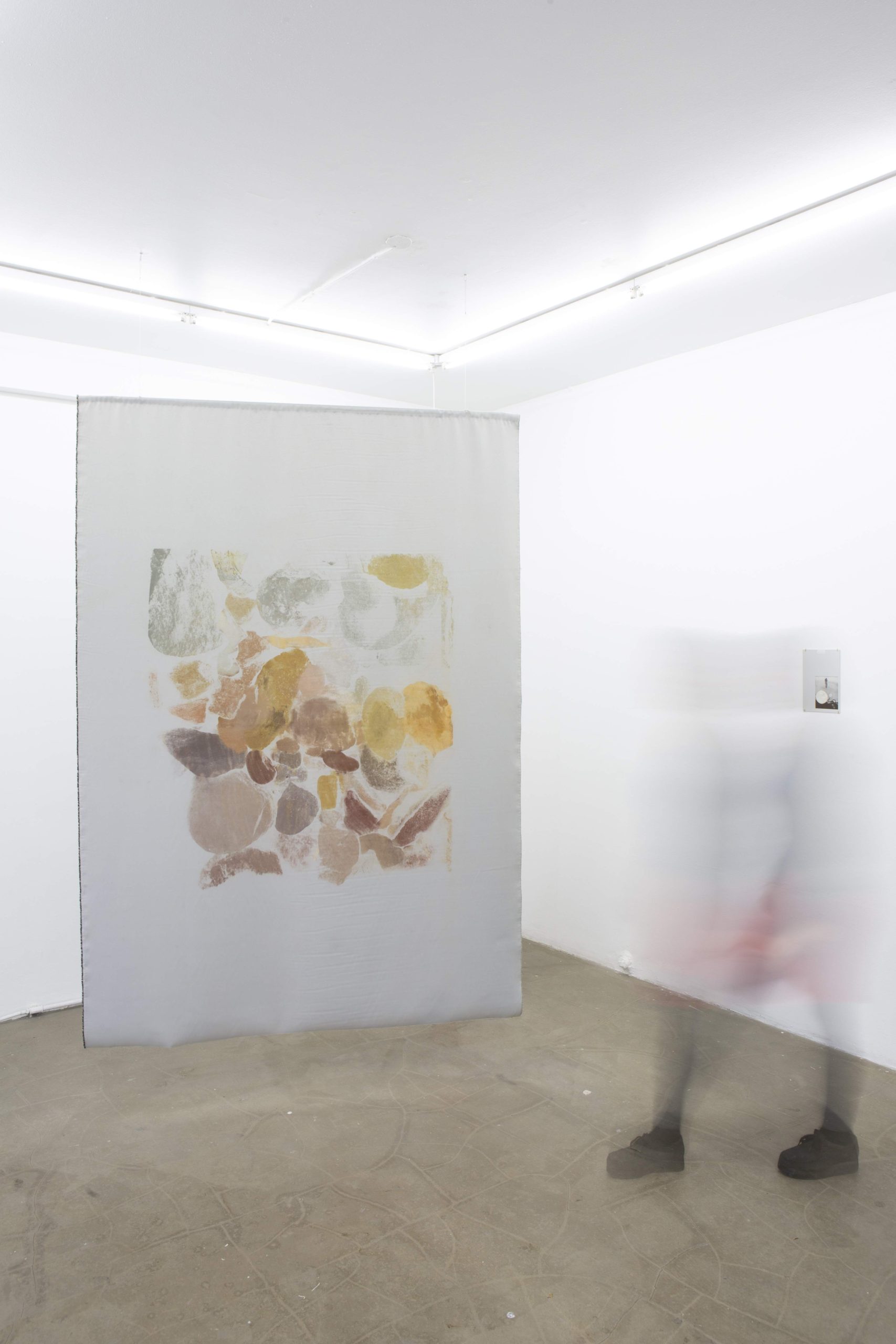RHEUM
Harbingar Gallery, 2020
Two person exhibition with Amanda Riffo.
Curated by Claudia Hausfeld.
Catalogue text:
„ ‘ I was talking about time. It‘s so hard for me to believe in it. Some things go. Pass on. Some things just stay. I used to think it was my rememory. You know. Some things you forget. Other things you never do. But it‘s not. Places, places are still there. If a house burns down, it‘s gone, but the place – the picture of it – stays, and not just in my rememory, but out there, in the world. What I remember is a picture floating around, out there outside my head. I mean, even if I don‘t think it, even if I die, the picture of what I did, or knew, or saw is still out there. Right in the place where it happened.‘
‚Can other people see it?‘ asked Denver.
‚Oh yes. Oh yes, yes, yes. Someday you be walking down the road and you hear something or see something going on. So clear. And you think it‘s you thinking it up. A thought picture. But no. It‘s when you bump into a rememory that belongs to someone else. […] “
Toni Morrison, Beloved
Tout ce qui brille voit. (All that glows sees.)
Gaston Bachelard, The Poetics of Space
In this exhibition, Amanda Riffo and Litten Nystrøm explore the physical properties of visibility. Rheum, the sand in one‘s eye after sleep, stands for the slight discomfort of the unresting gaze. Both artists employ tactics that simultaneously complicate the visual and allow them to navigate its form and content, towards a kind of solidified experience.
Amanda‘s Lebanon Series is an attempt to transcend the depths of a photograph via a fragmentation of the image plane. Each photograph allows to accommodate the maximum number of specifically sized circles. By carefully drawing directly onto the document, Amanda explores the image to its tiniest detail. Her relationship to the place is part of the investigation, as a means to remember and to compartmentalize her experience. Dust Screen, in the gallery’s window, twists the street view through yet another circular fragmentation. A semi-permeable surface, Dust Screen evokes a binary visual sensation by being both an image and holes through which the very same image is visible. Optolite, a tongue-in-cheek linguistic entanglement of two quite distinct concepts, takes up the idea of seeing as both a reflection and a puncturing.
Litten employs a shiny, almost reflective fabric as a base for a print. The print, derived from a found photograph, pushes the limits of representation towards pure sensuality. Litten’s sense of belonging is embodied in a variety of residues – dust from ground rocks that she picks up along the way from traveling between homes, leftovers of paint from abandoned houses, mud from places that she connects to through personal experiences. She uses these residues to materialize something visual, to give weight to light, thereby allowing the eye to interact with what it’s seeing on a tactile level.”
Text by Claudia Hausfeld



